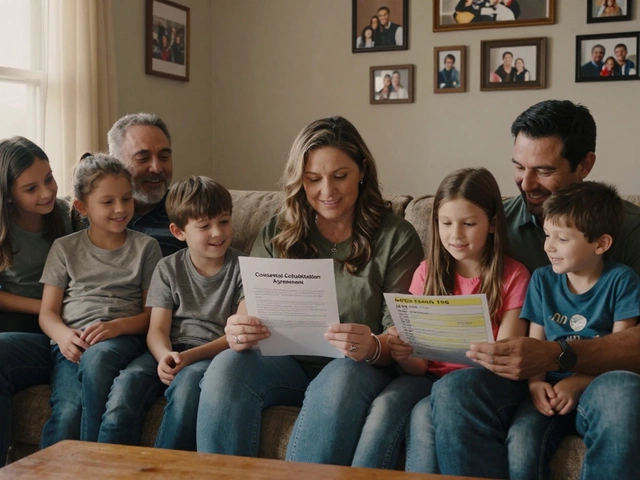Soccer Techniques: Practical Tips to Up Your Game
If you’re chasing that extra edge on the pitch, learning the right techniques is non‑negotiable. Forget vague advice – we’re talking concrete drills you can start today, whether you’re on a backyard, a park field, or a gym floor. Below you’ll find the basics broken down into bite‑size steps, plus a few advanced tweaks for when you’re ready to level up.
Fundamental Dribbling Drills
Dribbling isn’t just about fancy footwork; it’s about control, balance, and making space. Start with the cone weave. Set up five cones about two metres apart and snake through them using only the inside and outside of one foot. Switch feet after each run – this forces both legs to develop equal strength. Keep your head up, eyes on the cone pattern, and try to maintain a steady rhythm. You’ll notice quicker changes of direction and a tighter ball feel.
Next, try the shadow dribble. Grab a partner or use a wall. Move forward with the ball, then immediately stop and let the ball roll back to you while you sprint back to the start point. The key is a rapid stop‑and‑go, which mimics in‑game scenarios where you have to accelerate, cut, and regain control in an instant.
For a touch of flair, add the pull‑back and roll into your routine. Push the ball back with the sole of your foot, then use the opposite foot to roll it forward at a slight angle. This move creates a natural shield, letting you protect the ball from a defender while you decide your next pass.
Sharpening Your Shooting
Shooting isn’t just power; placement beats brute force in most situations. Begin with the target zone drill. Place two small cones or markers in the corners of the far post and aim for them from the edge of the penalty area. Use both your dominant and weaker foot. Repeating this builds confidence that you can hit the corners under pressure.
Another effective practice is the first‑touch finish. Have a teammate play a pass to you from varying distances, and strike the ball on the first touch without setting it up. This trains you to react quickly, an essential skill when a defender closes in the moment you receive the ball.
Don’t forget the low‑drive drill. Often, goals are scored with a low, driven shot that stays under the goalkeeper’s reach. From just inside the box, strike the ball with the instep, keeping it close to the ground. Aim for a spot just under the crossbar – a low drive can be harder to save than a high blast.
Finally, integrate a quick cool‑down stretch after each session. Flexibility helps maintain a full range of motion, which translates into smoother dribbles and more fluid shooting. Simple hamstring and hip flexor stretches for a minute each are enough to keep your muscles ready for the next training day.
Now that you have a toolbox of drills, the secret is consistency. Spend 15‑20 minutes on the dribbling routine, then 10‑15 minutes on shooting, three times a week. Track your progress – note how many cones you can weave without losing control, or how many targets you hit in a row. Small improvements add up, and before long you’ll see the difference on match day.
Remember, mastering soccer techniques is a marathon, not a sprint. Keep the sessions fun, stay patient with setbacks, and always challenge yourself with a new variation. Your future self will thank you when you execute a perfect dribble past a defender or slice the ball into the top corner with ease.

How do you stop a soccer ball from bouncing?
by Alistair McKinley / 25 Jul 2023Stopping a soccer ball from bouncing isn't as complex as it may seem. It's all about timing and technique. You need to position yourself directly in the ball's path and cushion it with the inside of your foot as it arrives. Bend your knee slightly to absorb the ball's energy, and voila, you've stopped a soccer ball from bouncing! Practice these steps regularly to perfect your technique.


